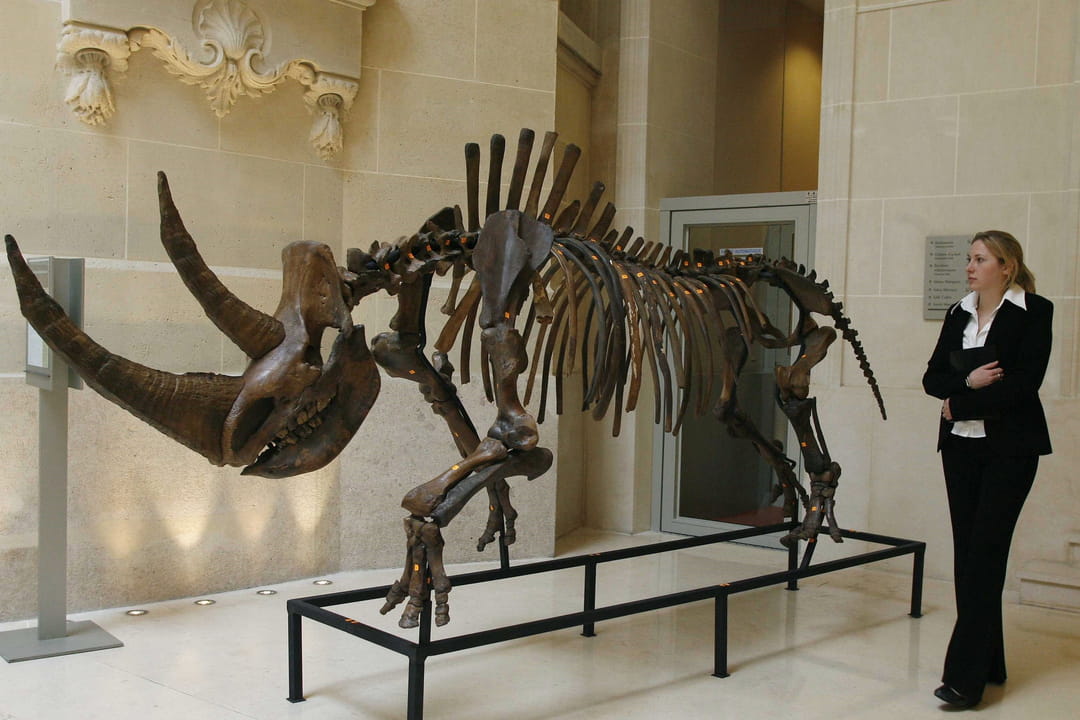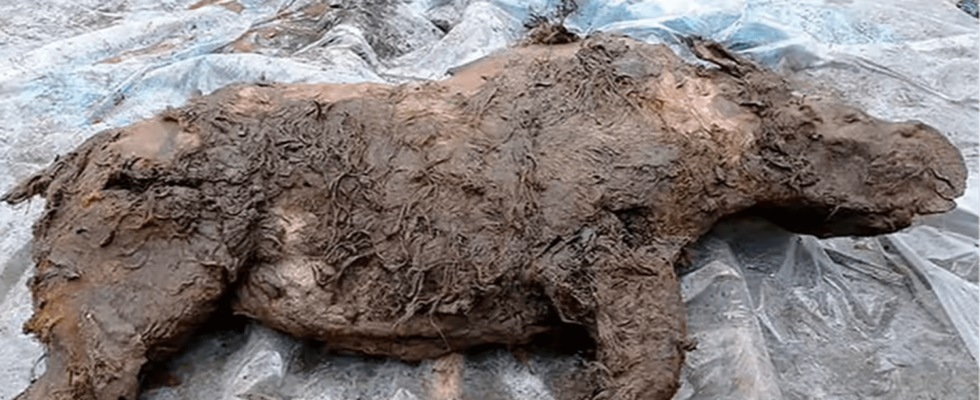This animal mummy, dating back more than 32,000 years, was found in a very good state of conservation.
Some discoveries sometimes have to wait thousands of years. Scientists have found a 32,400-year-old mummy in Russia. Its state of conservation amazed them, as they testified in the study published in the journal Doklady Earth Sciences. This is due to permafrost, a permanently frozen and impermeable ground in the Arctic region, the melting of which with global warming reveals such specimens.
The animal’s skin and fur are intact, although the left side of the animal has been extensively damaged by predators. “The vast majority of Ice Age animal remains are bones and teeth with no flesh or skin or anything like that,” he told CNN Love Dalén, professor of evolutionary genomics at Stockholm University.
Researchers estimated that the animal was around four years old when it died and the presence of crustaceans in its fur suggests that it died in a pond. It then remained frozen until scientists discovered it in 2020. While temporarily thawing, they took samples of fur and skin. However, they were unable to establish its sex.

This mummy allowed us to learn more about this extinct species. The feature that caught the researchers’ attention was a large, fatty bump, 12 centimeters high, on its back. It could have served as a reservoir of nutrients and developed particularly in winter when storage was useful. The animal also had two horns, one of which was “very large in the shape of a blade.” His color changed as he aged, going darker. It is also “one of the largest herbivores in the Ice Age ecosystem, just behind the woolly mammoth”, grazing very regularly.
This mummy is that of a woolly rhino, an ancient species of rhino that disappeared 10,000 years ago, characterized by a woolly fleece that protected it from the cold. Temperatures could drop below -40 degrees. Its closest relative among current rhinos is the Sumatran rhinoceros, small and hairy, living in Indonesia but threatened with extinction.
The research work on the mummy is not finished, other parts of the body will be studied, in particular its stomach to have more details on its diet and the environment in which it lived.
